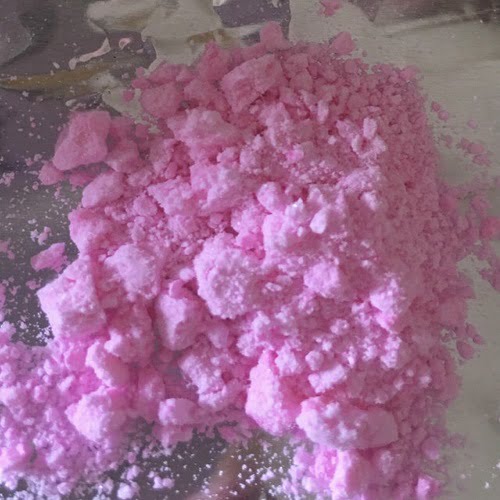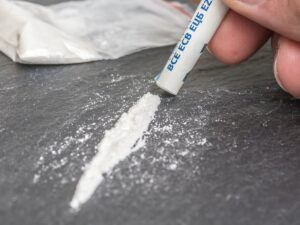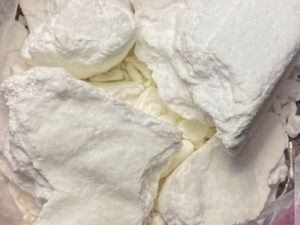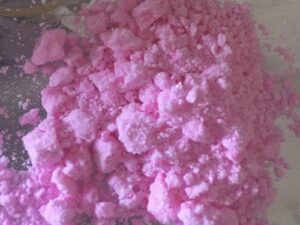Buy Pink Cocaine – Peruvian Pink Cocaine
Initially, Buy Pink Cocaine.
Pink Cocaine, also known as Peruvian Pink Cocaine, refers to the slang term for synthetic phenylethylamine 2C-Bilt, a widely used designer drug in club and party environments due to its stimulating effects and psychoactive characteristics. The phrase “Pink Coke” is mislabeled because it lacks any chemical similarity to cocaine, which is a hydrochloride derived from plants. Peruvian Pink Cocaine
Harvard organic chemist Alexander Shulgin, famed for his research on
Methylenedioxymethamphetamine (MDMA or ecstasy) was initially created from phenylethylamine 2C-B during the early 1970s. Buy Pink Cocaine. Promoted and available as a libido booster and solution for erectile dysfunction.
Phenylethylamine 20-B was known as Performax or Erox. In 1995, the Drug Enforcement Administration of the United States redefined the substance as a Schedule 1 Controlled drug due to their finding that it lacked legitimate medical applications and posed a significant risk for abuse. Buy Pink Cacaine
In the past ten years, Phenylethylamine 2C-B has seen a revival as a recreational party substance that initiated in the nightlife scene of South and Central America, where it gained the nickname pink cocaine or Bromo. Drug manufacturers typically produce the medication in either pill form or a pink powder that users take orally or intranasally. Peruvian Pink Cocaine
Is Pink Cocaine Habit-Forming?
Very little is still understood regarding the effects of 2C drugs, but a recent study conducted on mice discovered
2C-B had addictive properties. This experiment discovered that the alterations in the brain and addictive characteristics of 2C-B were similar to those of methamphetamine.
Although research is limited, there is significant potential for misuse and a possibility of negative effects. With continued use, your body might build a tolerance, indicating that larger quantities are required to obtain the same results. Buy Pink Cocaine
-Excessive amounts of pink cocaine can result in severe and potentially fatal issues.
If you or a loved one would like additional information about addiction treatment services, please reach out to Ark Behavioral Health to consult with a specialist.
What Are The Impacts?
Once consumed, the effects of pink cocaine reach their peak around two hours later, but they can endure for four to eight hours. The impacts differ depending on the dosage amount. In limited amounts, the substance might lead to an elevated heart rate, heightened sensory awareness, and a feeling of slight euphoria. Higher doses may lead to increased heart rate, nausea and vomiting, varying levels of hallucinations, and heightened agitation.
At extremely high doses, pink cocaine can lead to respiratory depression, seizures, or a state known as excited delirium, which may result in hypothermia and potentially deadly cardiac arrest.
Since it is frequently produced in illegal labs and isn’t overseen by the Food and Drug Administration, it might be difficult to determine the strength of the dose you are consuming. The pharmaceutical company may mix pink cocaine with other unknown substances or drugs, and these mixtures can have negative side effects.
Is Pink Coke Comparable To Cocaine?
Pink Coke typically refers to a pink pill or powder consumed orally or inhaled through the nose. It must not be mistaken for cocaine hydrochloride, the plant-derived stimulant that appears as a delicate, white powder.
Cocaine is a stimulant for the central nervous system that impacts the dopamine receptors in your brain.
While pink cocaine might influence dopamine receptors, the majority of studies indicate that it primarily impacts serotonin receptors.
Pink Coke versus Cocaine: What Are the Differences?
This cocaine and typical cocaine share several similarities, such as the risk of addiction and chemical dependency. Cocaine is essentially a concentrated and refined version of the coca plant called cocaine hydrochloride. Cocaine functions as both a stimulant and an anesthetic, which accounts for its medical uses and its classification as a Schedule II drug in the U.S.





Reviews
There are no reviews yet.